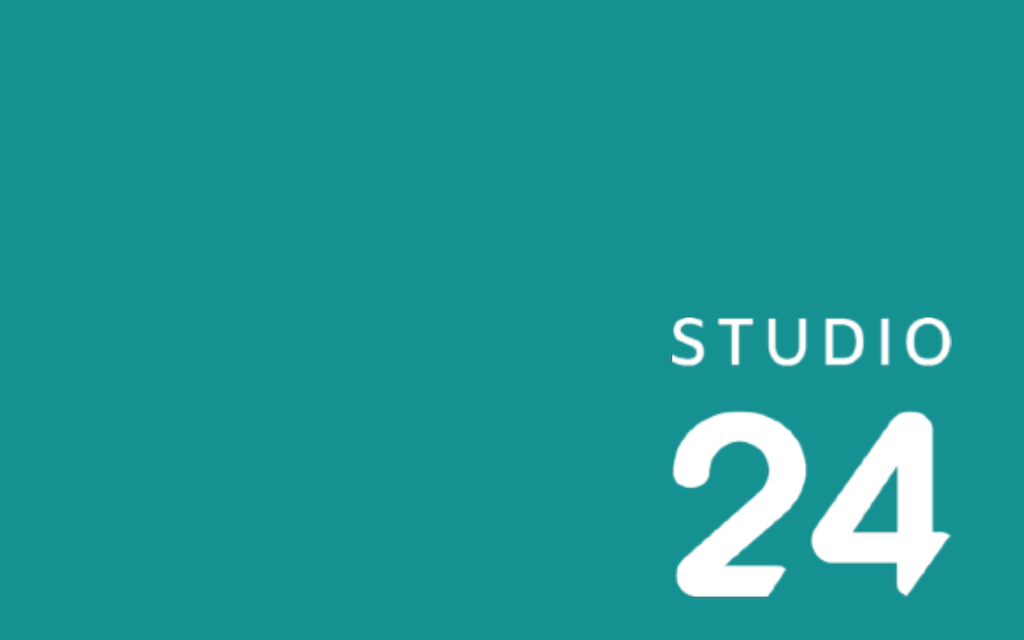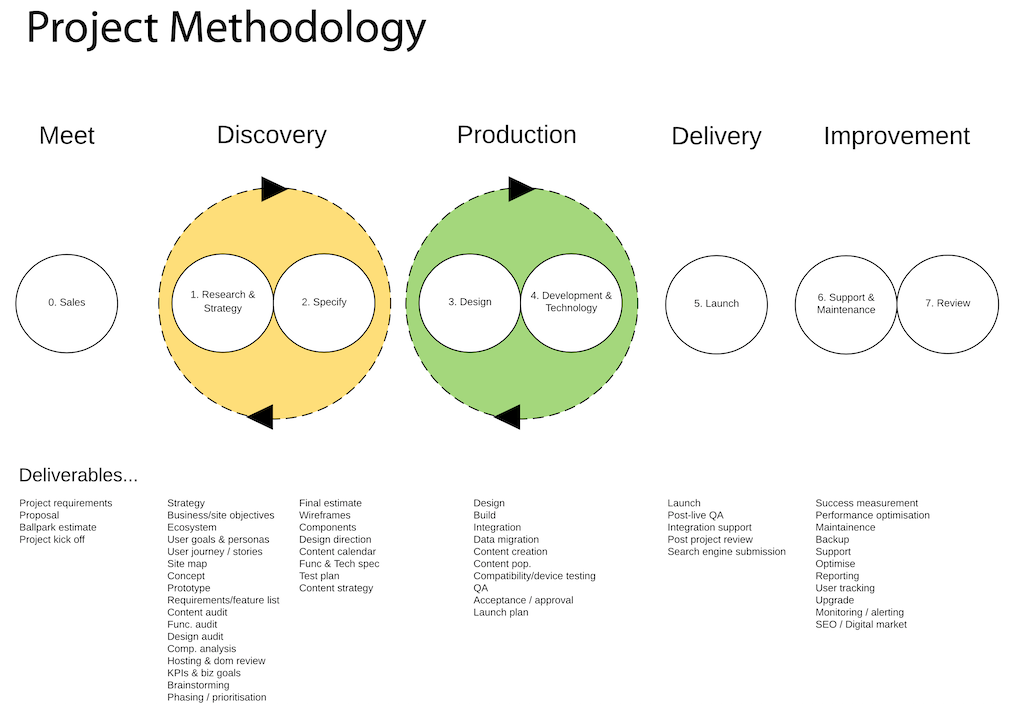W3C Website redesign:
vendor selection & plan
Coralie Mercier, Head of W3C Marketing & Communications
February 2020

Coralie Mercier, Head of W3C Marketing & Communications
February 2020
Coralie Mercier, Head of W3C Marketing & Communications
February 2020

W3C is looking to incrementally redesign its Website and revise the information architecture,
- to show the world who we are and what we offer,
- improve the organization and usability of the website for key audiences,
- communicate the W3C brand more effectively,
- and motivate people to participate in the organization.
(Quoted from the project summary of our RFP)


New CMS • New information architecture
• Modern visual design
Collaborative review took place in a google document, and I recorded everything in a team+AB Overview page.


| Criteria | Application/expectation |
|---|---|
| Accessibility | Strong, convincing |
| Technical recommendation | Sound, reasonable |
| Schedule | Realistic |
| Multi-dimensional engagement | Acknowledged, sanctioned |
| Text-heavy vs. graphic-oriented design | Right balance |
| Past work | High-grade, attractive, |
| Price | Affordable |
| Overall suitability | Meeting scope, requirements and needs per RFP |
| Overall | 3 eliminated (careless comment; proprietary solution) | Accessibility |
|
|---|---|
| Technical | Most recommended a headless CMS |
| Multi-stakeholder | 17 ignored it |
| top-6 | top-3 | winner | |
|---|---|---|---|
| Camp Pacific | ✓ | ✓ | |
| Clever Age | ✓ | ||
| DXW-CDL | ✓ | ✓ | |
| Ecedi | ✓ | ||
| Oonops | ✓ | ||
| Studio 24 | ✓ | ✓ | ✓ |

studio24.net
• @studio24
• github.com/studio24

W3C Management having approved a budget that was smaller than Studio 24's pricing. To match the budget, Studio 24 agreed to the following:

"We review, research and plan your project."
Discovery, led by Simon Jones, will explore the entire content in more detail to narrow-down a firmer set of requirements for this project, and be aware of the overall content and the possible implications on the rest of the project (e.g. CMS choice).
New user research spanning our 5 target audiences will also be conducted using Digital Accessibility Centre (DAC).
CMS strategy (including multi-lingual and versioning), work on the most appropriate Information Architecture, content strategy also start during Discovery.
"We unite design and technology together to create digital products that work for real people."
Studio 24's user-centered approach will be led by Creative Director Ian Axton.
Building on research, user personas, sketching, moodboards and wireframes, they will design for mobile first, thus giving priority to our message and then scaling up for larger screens.
Component-led design will afford flexibility in the CMS to adapt what we publish to interesting and engaging layout, while not compromising performance.
"Accessibility and inclusive design is at the heart of everything we do."
Led by Studio 24's in-house accessibility specialist, Carlos Eriksson, accessibility & inclusive design work will leverage a number of tools, to meet level AA of WCAG 2.1:
Zoonou will perform browser & device QA testing, Digital Accessibility Centre (DAC) will perform accessibility testing.
"Users first, Mobile-first, HTML-first."
Studio 24 will build simple custom HTML/CSS focussing on accessible, robust markup and high-quality, engaging design.
Proposed technical approach (to be verified during Discovery): Headless CMS + performant, secure, accessible front-end site (built in Symfony) reading the content over APIs, only using JavaScript via progressive enhancement to add functionality, and a template layer to provide Front-End developers with a clean, understandable way to build standards-based HTML/CSS.
"Data privacy and ethics are important on the modern web."
Studio 24 will advise us on how to best achieve data privacy for our site.
Cognizant of our current approach, they will recommend a privacy-first, opt-in method to cookies and analytics whereby people will not be tracked by default.
Note: They recommended a similar approach to Heathrow Airport, this meant analytics tracking only activated on user consent. This is more in keeping with EU guidelines and ICO’s advice on analytics cookies, however it did result in a loss of around 80% of analytics traffic.
"We are happy to work in the open on this project."
Studio 24 work in a number of ways, normally either a hybrid agile or fully agile approach – allowing for flexibility within constraints of a project.
No-downtime deployment with minimal disruption to the existing site during Private Beta, Public Beta and Live website.
Their robust redirect strategy aligns with the W3C URI persistence policy.

Example
